In the annals of aviation history, few stories are as riveting and profoundly moving as the legendary glide of Air Canada Flight 143. On a seemingly ordinary day in July 1983, what began as a routine flight from Montreal to Edmonton took a heart-stopping turn, transforming into an unforgettable saga of human ingenuity, bravery, and an unyielding will to survive.
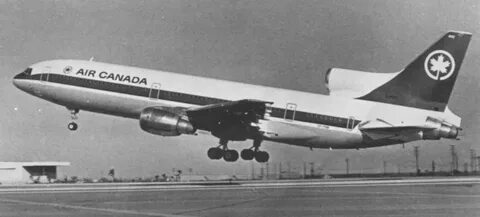
The Boeing 767, later affectionately nicknamed the “Gimli Glider,” was only halfway through its journey when it faced an unimaginable crisis: the aircraft completely ran out of fuel at an altitude of 41,000 feet. What unfolded next was a tale not just of a remarkable feat of airmanship but of a collective human spirit that refused to succumb to despair.
The Beginning of an Unprecedented Ordeal
Flight 143, piloted by Captain Robert Pearson and First Officer Maurice Quintal, embarked with 69 souls onboard, unaware of the harrowing experience that lay ahead. The aircraft, one of the first generation of commercial planes to be controlled by an electronic system known as a “fly-by-wire,” was equipped with state-of-the-art technology. However, a fatal miscalculation in the fuel loading process, due to a misunderstanding between the metric and imperial measurement systems, left the plane with insufficient fuel to reach its destination.
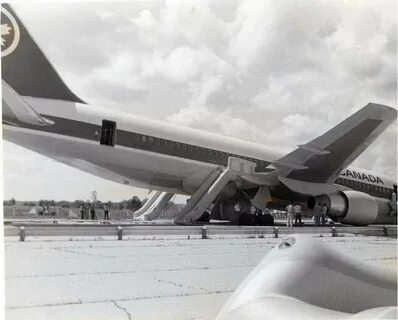
The Moment of Realization
The situation’s gravity became apparent when the plane’s engines began to shut down mid-flight, leaving only the eerie whine of the wind against the fuselage and a stunned silence among the passengers. The cockpit was suddenly awash with warning lights and alarms. With no propulsion, the Boeing 767 transformed into a 132-ton glider.
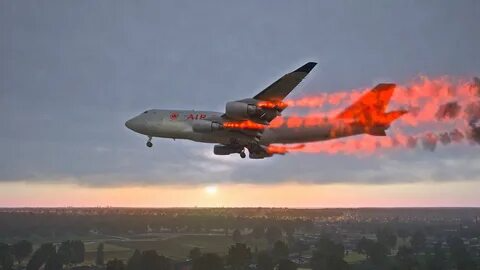
A Test of Skill and Resolve
Captain Pearson, a seasoned pilot with glider flying experience, and First Officer Quintal were now faced with the daunting task of landing a passenger jet without engine power. They calculated their options and decided on an emergency landing at Gimli Industrial Park Airport, a decommissioned airbase that had been converted into a racing track and recreational center, unbeknownst to them.

As they approached Gimli, they realized the old runway was not empty but bustling with people and vehicles, unknowingly gathered in the path of the descending giant. It was a race against time and gravity.
The Glide of a Lifetime
With incredible skill, Captain Pearson executed a forward slip maneuver, a technique used by glider pilots to increase drag and lose altitude quickly. This maneuver was critical in aligning the aircraft with the runway and avoiding a catastrophic collision with the people and obstacles on the ground.
The 767 touched down on the runway-turned-race-track with no loss of life, a testament to the crew’s expertise, the air traffic controllers’ guidance, and the calm cooperation of the passengers. The event, while terrifying, showcased exemplary teamwork and the extraordinary capabilities of human beings under pressure.
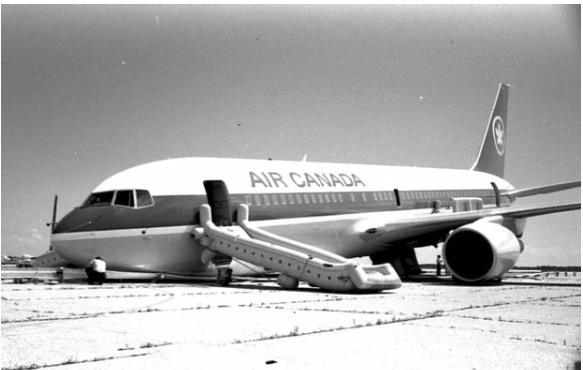
A Legacy of Lessons
The Gimli Glider incident led to widespread changes in aviation safety protocols, including stricter fuel calculation procedures and emergency training. However, beyond the technical and procedural improvements, the story of Flight 143 stands as a beacon of human resilience.

An Emotional Reunion and Reflection
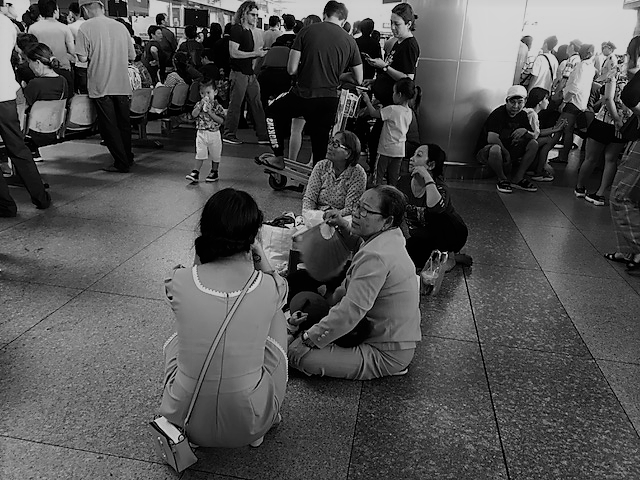
Years later, the crew, passengers, and rescuers would reunite, not just to reminisce about the ordeal but to celebrate the invisible bonds forged between them during those tense moments. The Gimli Glider has since become a symbol of hope and a reminder that even in the face of overwhelming odds, courage and quick thinking can lead to miraculous outcomes.
